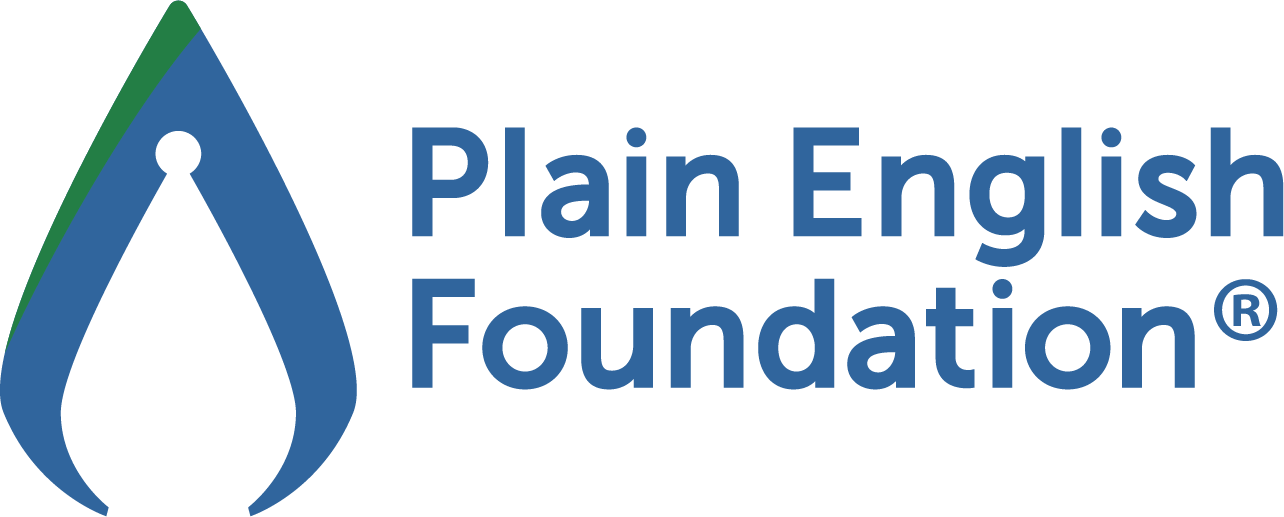Are you wondering how to become a painter and master the necessary skills to succeed in the construction industry? Painting is a skilled trade that requires artistic flair and a keen understanding of techniques and materials that ensure quality finishes.
Whether you’re starting out or looking to polish your painting skills, this guide will equip you with the knowledge to achieve professional-quality results in various painting projects.
Key skills for painters
Becoming proficient in painting involves mastering fundamental techniques that ensure quality workmanship and efficiency on various projects.
Basic techniques: brush and roller use
The basic techniques of painting with a brush and roller are crucial for achieving a smooth and even finish. When using a paint roller, it’s important to select the right type of roller based on the paint and surface you are working with.
A short nap roller is ideal for smooth finishes, as it applies paint more evenly and reduces texture. When using a roller, employ the ‘W’ technique: roll the paint in a W pattern on the wall, then fill in the gaps with parallel strokes to cover evenly.
For brush painting, take note of the following tips for choosing and using the right tool:
- Selecting the right brush size and type. Choose the right brush size and type based on the painting job’s needs – small for details, large for broad surfaces.
- Loading the brush properly. Load the brush correctly by dipping only a third of the bristles into the paint, preventing drips and uneven strokes.
- Applying paint with deliberate strokes. Apply paint with deliberate strokes to maintain a consistent finish and avoid streaks, ensuring a professional-quality appearance.
Advanced techniques: spray painting and texture coatings
Advanced painting techniques, such as spray painting and applying texture coatings, require a deep understanding of the tools and materials needed to achieve professional results.
- Spray painting. Mastery of this technique involves understanding the type of spray systems (e.g., HVLP or airless sprayers) and the viscosity of paints suitable for spraying. Achieving a flawless finish demands consistent motion and optimal distance from the surface to avoid drips and uneven texture.
- Texture coatings. Texture coatings can vary from subtle sand finishes to bold stucco. The key is to select the right product that offers durability and the desired aesthetic effect.
Surface preparation and finishing skills
Proper surface preparation is foundational to achieving a superior paint job. Depending on the surface material, you may need different preparation techniques. These typically include:
- Scraping. Remove loose or peeling paint to create a smooth base.
- Sanding. Sand the surface to smooth out imperfections and provide a key to which the new paint can adhere.
- Priming. Apply a primer, especially when dealing with porous surfaces or when changing from a dark to a light colour, to ensure even coverage and prevent bleed-through.
For exterior surfaces, preparation might involve more rigorous methods, such as:
- Pressure washing. Use pressure washing for exterior surfaces to remove accumulated grime and loose paint, which ensures the new paint adheres properly and provides a smooth finish.
- Crack and gap treatment. Pay attention to cracks or gaps, filling and smoothing them out before painting to prevent future water damage and enhance thermal efficiency.
When working with interior surfaces, the approach involves the following:
- Detailed repairs. When preparing interior surfaces, focus on making detailed repairs to drywall or plaster to ensure they are smooth and defect-free.
- Environment cleaning. Ensure a clean, dust-free environment before starting to paint, which is crucial for a flawless finish.
- Special treatments for wet areas. In kitchens and bathrooms, where moisture and mildew can be prevalent, special treatments may be necessary to ensure the paint adheres well and can withstand environmental challenges.
Other must-have skills for painters
As a painter, your toolkit extends beyond brushes and buckets of paint. Your skills will serve as your most valuable tools, crucial not just for the job at hand but for your overall career progression.
Precision and attention to detail
Painting is an art of precision, with meticulous attention to detail needed at every step. From cutting in to avoiding streaks and drips, your ability to execute painting jobs flawlessly will set you apart.
Physical stamina and flexibility
Due to the physically demanding nature of painting jobs, not only will you be on your feet most of the time, but you will also stretch, bend, and carry heavy equipment. Hand-eye coordination and manual flexibility are equally important, since the quality of your work depends on them.
Knowledge of safety procedures
Safety comes first in the painting profession, from handling chemicals and solvents to working on ladders or confined spaces. Understanding and adhering to safety rules and regulations will protect you, your team, and the property you are working on.
Choosing the right programme to pursue painting as a career
Start by evaluating your interests and career goals in the field. Different programmes offer specialised training for various roles, ranging from project management to building design, and the right fit should align with your aspirations.
CPC30620 Certificate III in Painting and Decorating
The CPC30620 Certificate III in Painting and Decorating is among the top courses that help prepare students for a professional career in the painting and decorating industry. It caters to both residential and commercial projects.
Course Structure: Core and Elective Units
The curriculum varies depending on the institution where you will study. For example, at Everthought, this certificate course includes 26 core units covering essential painting and decorating skills and three elective units allowing for specialisation.
The core units focus on practical skills like scaffold erection, safety practices, and decorative techniques, ensuring comprehensive training. The programme spans two years and combines classroom instruction with practical, hands-on training.
Entry requirements and prerequisites
Applicants must be at least 18 years old and have completed an equivalent Australian Year 10 education. The course has no specific prerequisites, making it accessible to a broad range of students.
This course not only equips students with the necessary skills but also provides a pathway to further education and potential licensure as a professional painter and decorator in various Australian states.
Understanding licencing norms in Australia
Australia enforces a comprehensive set of rules and licences when it comes to the building and construction sectors. Each state and territory has its own set of requirements for painters. This involves completing the CPC30620 Certificate III in Painting and Decorating or an equivalent qualification.
Importance of the ‘White Card’ in construction
Across Australia, anyone involved in construction work must have a General Construction Induction card, commonly known as a ‘White Card’. This card is crucial as it certifies that the holder has completed a general construction induction training course covering basic safety under the National Code of Practice for the Construction Industry.
Pathways to obtaining a painting contractor’s licence
To become a licenced painting contractor, individuals must typically complete relevant qualifications. Beyond this, specific states may require additional business management training or evidence of practical experience.
Frequently Asked Questions (FAQ)
What are some common challenges beginners face when learning to paint, and how can they be addressed?
In the construction painting sector, beginners often face challenges such as skill shortages, where insufficient training can hinder their ability to perform tasks to industry standards. Project management issues, like unclear objectives and poor team coordination, also pose significant problems, necessitating the use of effective communication tools and regular updates to keep all team members aligned.
Is a career in construction painting financially rewarding in Australia?
Painters and decorators in Australia earn an average annual salary of around $70,000, with the potential for experienced professionals to earn significantly more. The construction industry also offers opportunities for advancement into roles such as foreman or project manager, which can lead to even higher earnings.
How can eco-friendly painting techniques enhance the skills of an Australian painter?
Eco-friendly painting techniques require painters to learn about the properties and applications of sustainable materials, enhancing their expertise and adaptability. Mastering these techniques involves understanding different product characteristics, which are crucial for achieving high-quality finishes.
Pursue your dream
Becoming a proficient painter in the construction industry requires dedication to mastering essential skills and techniques that ensure quality and efficiency. As you continue to apply these techniques and refine your skills, remember that practice, patience, and attention to detail are your best tools for success in the vibrant world of professional painting.
The more you practise these skills, the better painter you will become. Keep learning and improving, and consider joining a painting programme or course to get professional training. Besides painting, there are other courses you can take to improve your skills and expand your offerings, like CPC30320 Certificate III in Concreting and CPC31420 Certificate III in Construction Waterproofing.
Key Points to Remember
- Mastering fundamental techniques. Essential for achieving professional quality, focus on the correct use of brushes, rollers, and the ‘W’ technique for even paint application.
- Advanced painting skills. Develop expertise in spray painting and texture coatings, understanding the intricacies of each tool and material to achieve desired effects.
- Surface preparation. Ensure thorough cleaning and preparation of surfaces to improve paint adhesion and achieve a superior finish.
- Education and training. To gain comprehensive painting skills and knowledge, pursue formal training through certified programmes like the CPC30620 Certificate III in Painting and Decorating.
- Licencing requirements. Familiarise yourself with the licencing norms in Australia, which vary by state and are essential for professional recognition and legal compliance.
- Safety practices. Adhere strictly to safety protocols to protect yourself, your team, and the property, especially when working with hazardous materials or in challenging environments.
Everthought is a premier educational institution focusing on empowering individuals through in-depth knowledge, practical skillsets, and career-centric expertise. With first-rate training facilities, seasoned faculty, and a variety of industry-specific programmes, we ensure a top-tier education for thriving in your preferred field.












